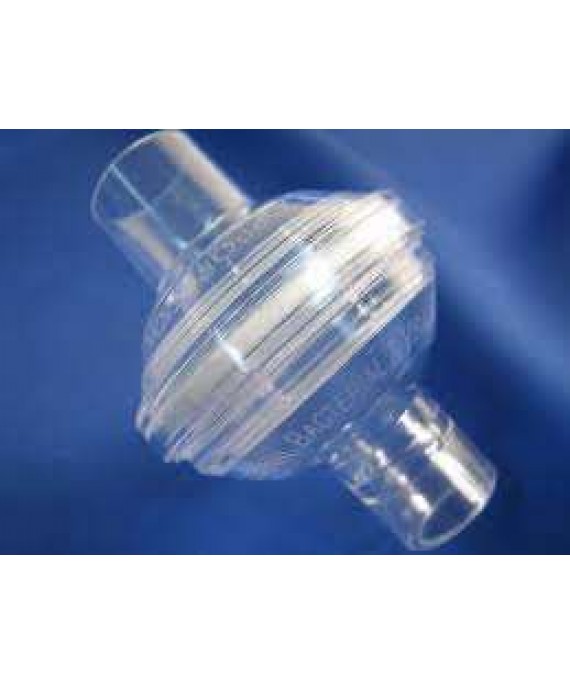Bacterial Filter
for cleansing fluids of bacteria and other microorganisms by means of filtration. The fluid passes through a porous surface as a result of a vacuum created on the other side of that surface or as a result of pressure exerted on the fluid being filtered.
The former are shaped like hollow cylinders with a sealed base and are equipped with a glazed neck on top to which a rubber tube is attached to draw the fluid through the wall of the filter. Membranous filters, produced from acetylcellulose, nitrocellulose, and cellulose esters, are also used.
The pore size is varied in different bacterial filters, but in a sterilizing filter they must be no larger than 750 nanometers. In addition to pore dimension and the created vacuum (or pressure), several other factors—for example, electrical charge, viscosity and reaction of the fluid being filtered, and adsorption phenomena—also influence the speed of filtration. Bacterial filters are used for sterilization of fluids that may not be heated (solutions of certain medications, sera, nutrient media for microorganisms, and such).
A filter fine enough to prevent the passage of bacteria (0.5–5 μm in diameter), which permits removal of bacteria from solutions.

